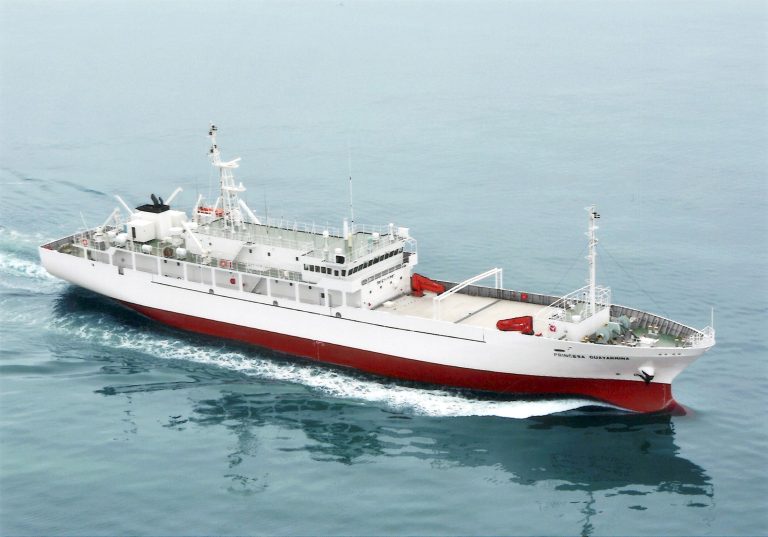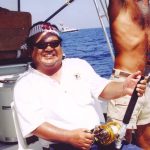Tuna King
WHO IS TUNA KING?
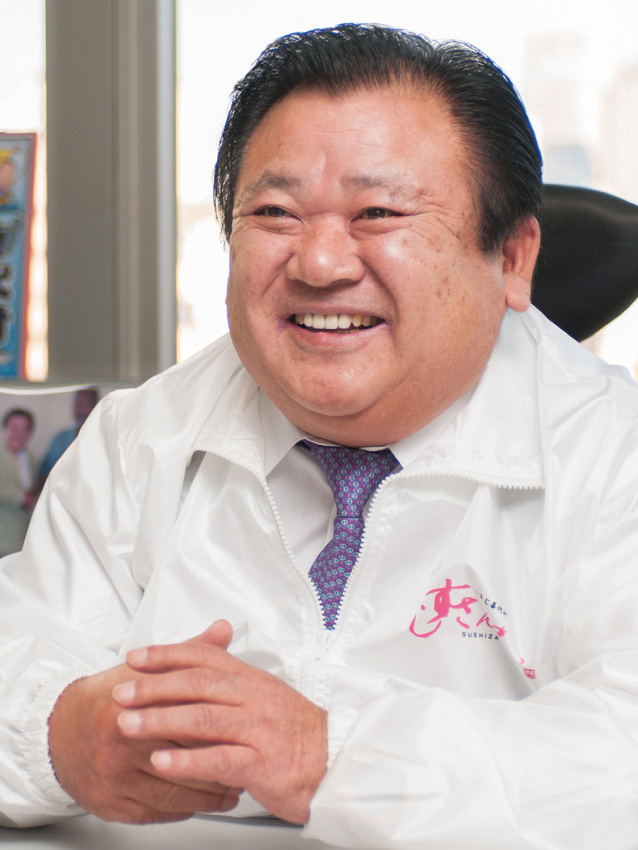
MR. KIYOSHI KIMURA
| Year | Event |
|---|---|
| 1952 | Born on April 19 in Kimagase, Sekiyado, Higashi-Katsushika-gun (now Noda city), Chiba |
| 1968 | Joined 4th Technical High School of Air Self-Defense Force at age 15, aspiring to be a pilot. Also enrolled in Urawa High School correspondence course |
| 1970 | Passed University Entrance Qualification Examination; enrolled in Flight Enlistedman Course |
| 1971 | Graduated from 4th Technical High School of Air Self-Defense Force |
| 1972 | Graduated from Urawa High School; began correspondence course in Law at Chuo University |
| 1974 | Retired from the Air Force after 5 years 9 months. Aimed to become a lawyer but entered the fisheries industry through a part-time job. Joined subsidiary of Taiyo Corporation (now Maruha Nichiro) and engaged in sushi ingredient and food product development |
| 1979 | Founded Kimura Shoten (June), later becoming Kiyomura Corporation. Obtained B.A. in Law from Chuo University (correspondence course) |
| 1985 | Kiyomura Corporation established in September. Diversified into 4 divisions: seafood, lunch boxes, sushi, and product development. Handled production, import, retail, and tuna auctions |
TUNA KING : A Journey of Sushizanmai
The text version is available here.
SUSHIZANMAI'S "SR" TUNA
About 30 years ago, it was difficult to catch bluefin tuna consistently, so it was common for sushi restaurants to sometimes run out of it and the price was often sold at market value.
This led to an increase of catch, consequent concern of overfishing and tuna becoming an endangered species.
To protect bluefin tuna and the future of Japanese dietary culture, what can be done?
Is it possible to supply bluefin tuna consistently at a stable price throughout the year while protecting this valuable resource? Mr. Kimura traveled the world’s oceans and, after much trial and error, succeeded in operating a natural enclosure for raising and harvesting bluefin tuna. This system is called “SR ; Sustainable and Reserve”.
The “SR” bluefin tuna involves capturing mature bluefin tuna in large quantities during periods when they are abundant. Catching fully-grown bluefin tuna, raise them inside a natural preserve, and later ship whenever there was demand. The tuna raised within such a quasi-natural environment had high quality. The added benefit was, that we could ship as much as required whenever the needed arose, meaning, the pricing was stable.
In recent years, artificial fertilization and the normal farming of juvenile or immature bluefin tuna have become more common in the market. However, the “SR” method is fundamentally different from these methods, as it supplies high-quality bluefin tuna through a more natural approach.
In the case of normal farming, it takes 15 kilograms of feed to grow a bluefin tuna to one kilogram. However, with “SR tuna” are raised using the power of nature, allowing us to control the timing of harvest.
Furthermore, by inducing spawning within the fish pen and returning the tuna to the natural sea, we can ensure a stable supply while also contributing to the protection and conservation of fishing resources, as well as their increase.The Atlantic bluefin tuna has a catch of several tens of thousands of tons annually in recent years. However, about ten years ago, it took three months to reach this catch volume.
Now, it has recovered to the point where this amount can be caught in a single day.
We own the “SR tuna” bases for bluefin tuna around the world and ships tuna from these bases throughout the year, which is used at “Sushizanmai.” In this way, we are able to consistently provide the highest quality bluefin tuna, sourced for both taste and quality, at a stable and affordable price to our customers.
A huge natural fish tank off the coast
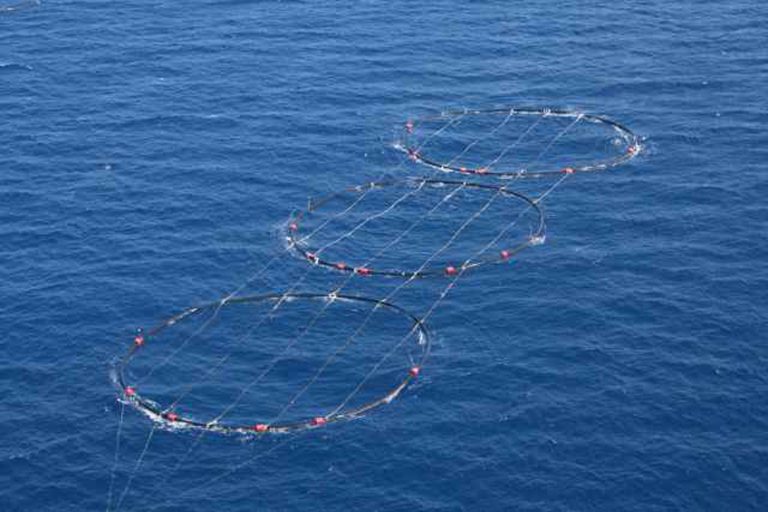
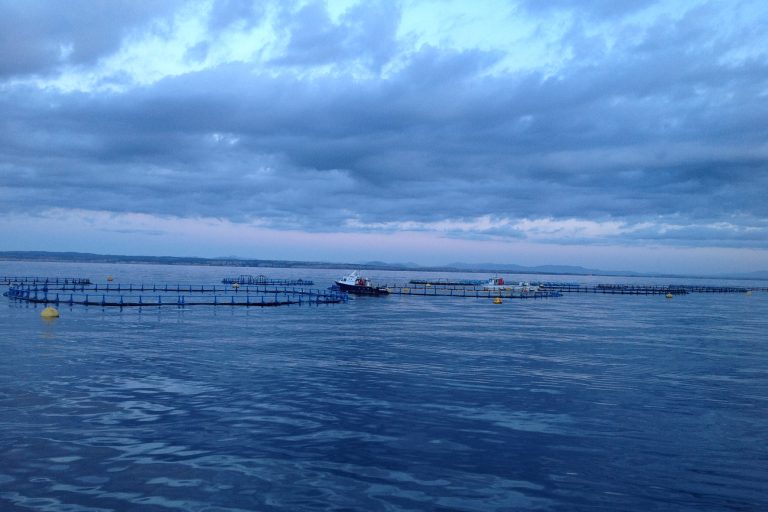
Bluefin Tuna being taken from the fish tank
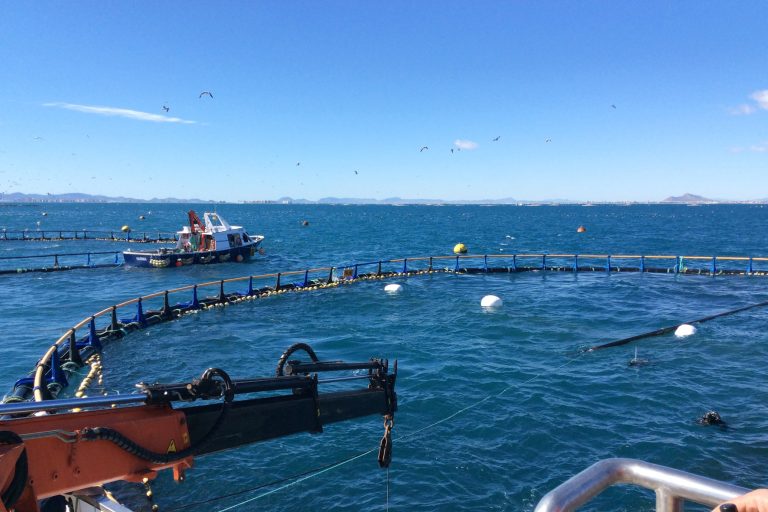
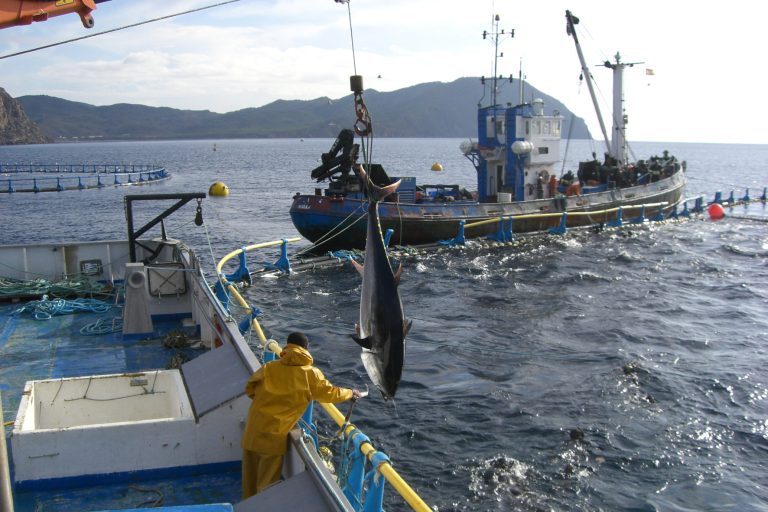
Bluefin Tuna being loaded onto a processing vessel
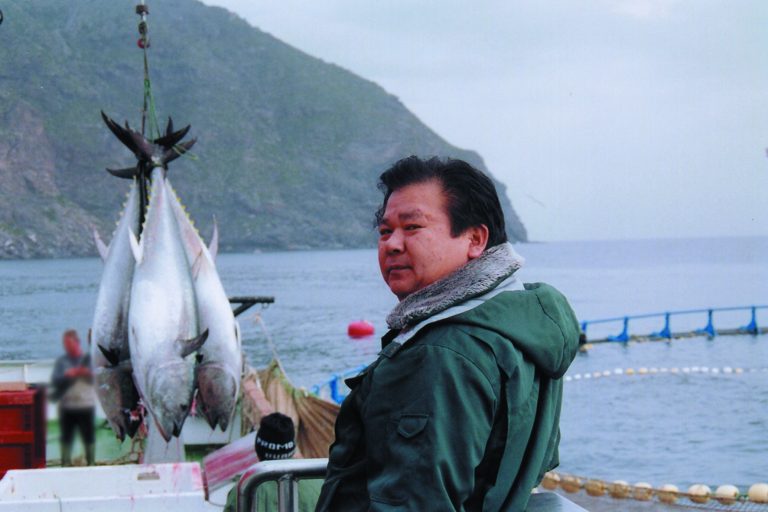
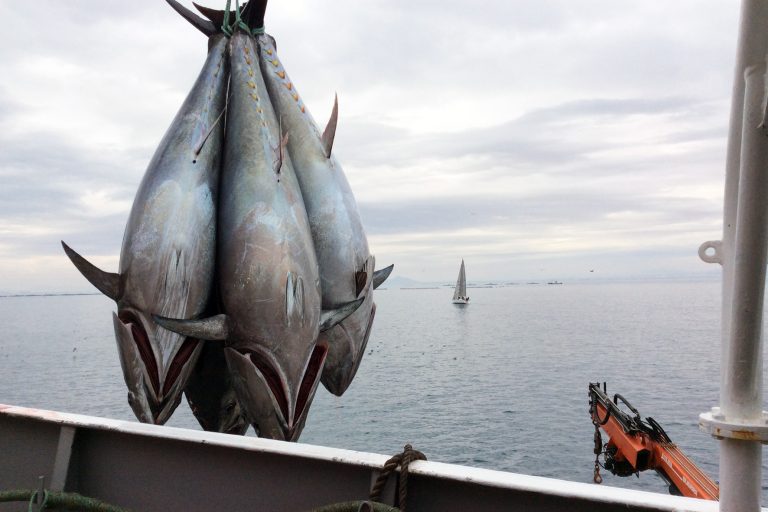
Bluefin Tuna being loaded onto a processing vessel
